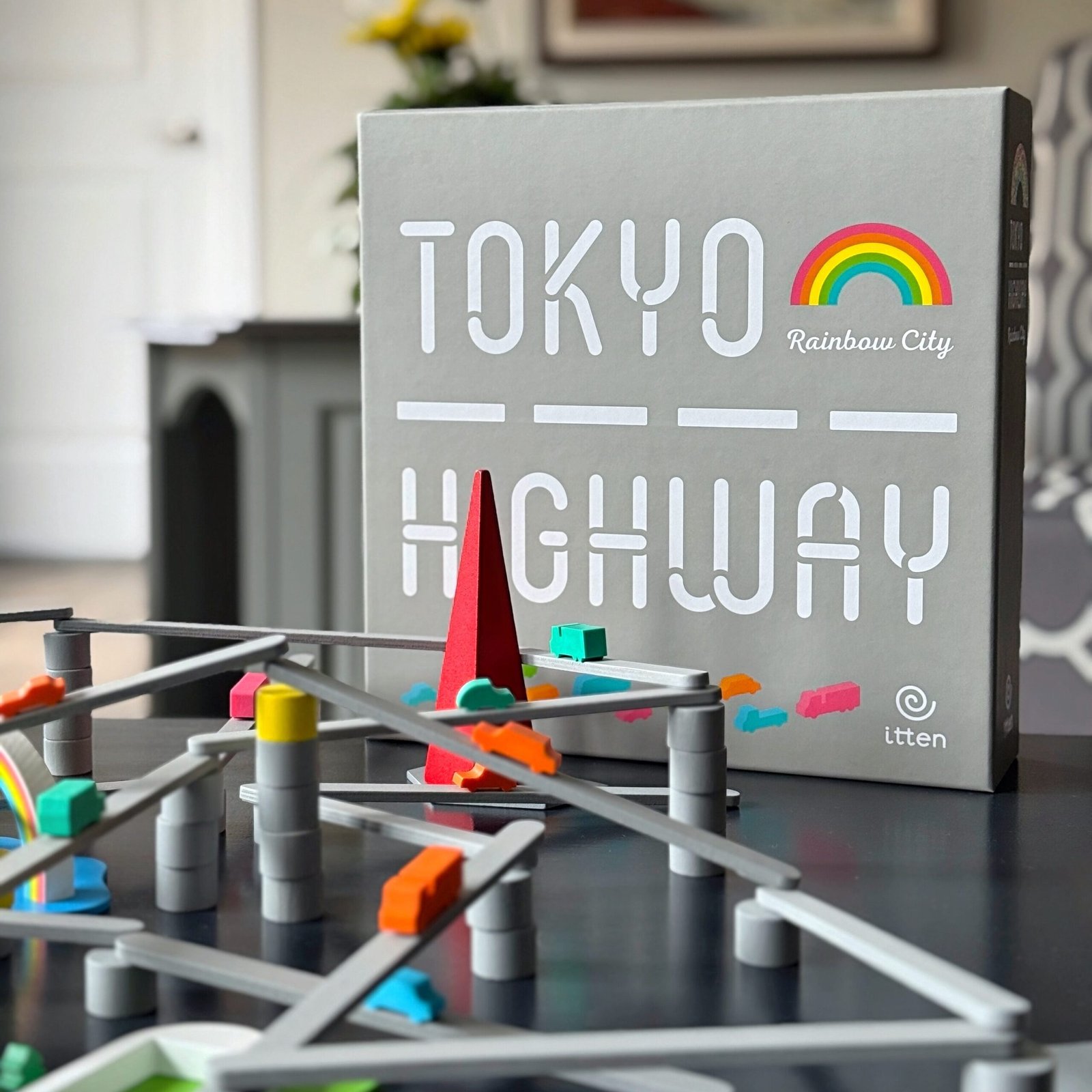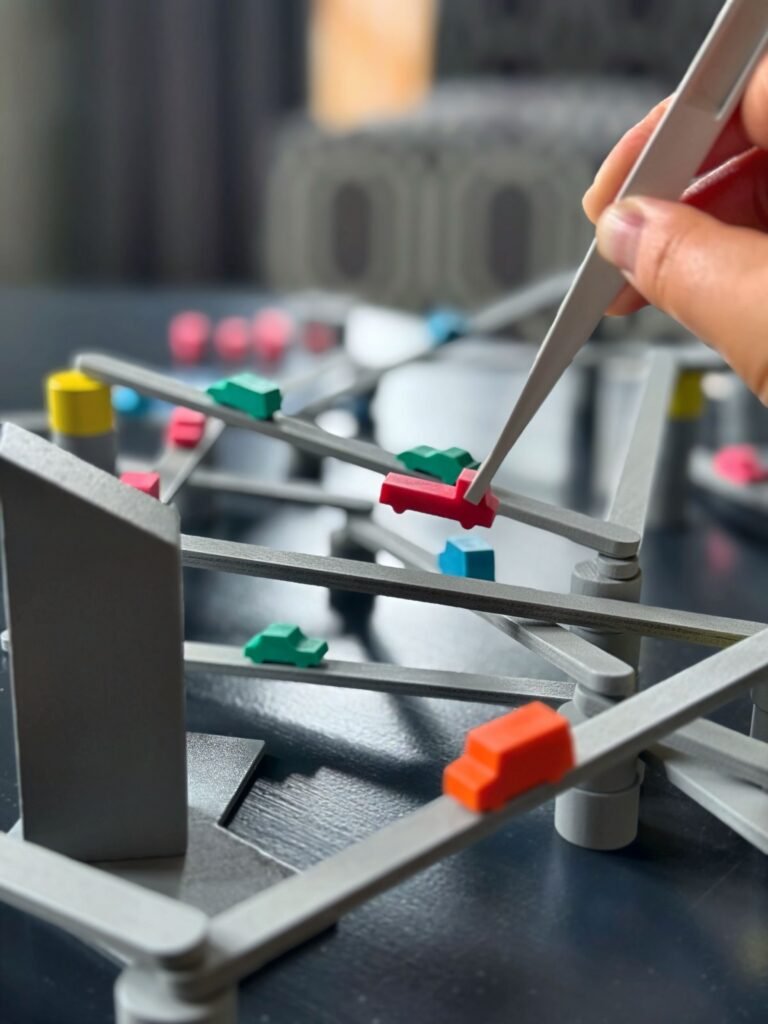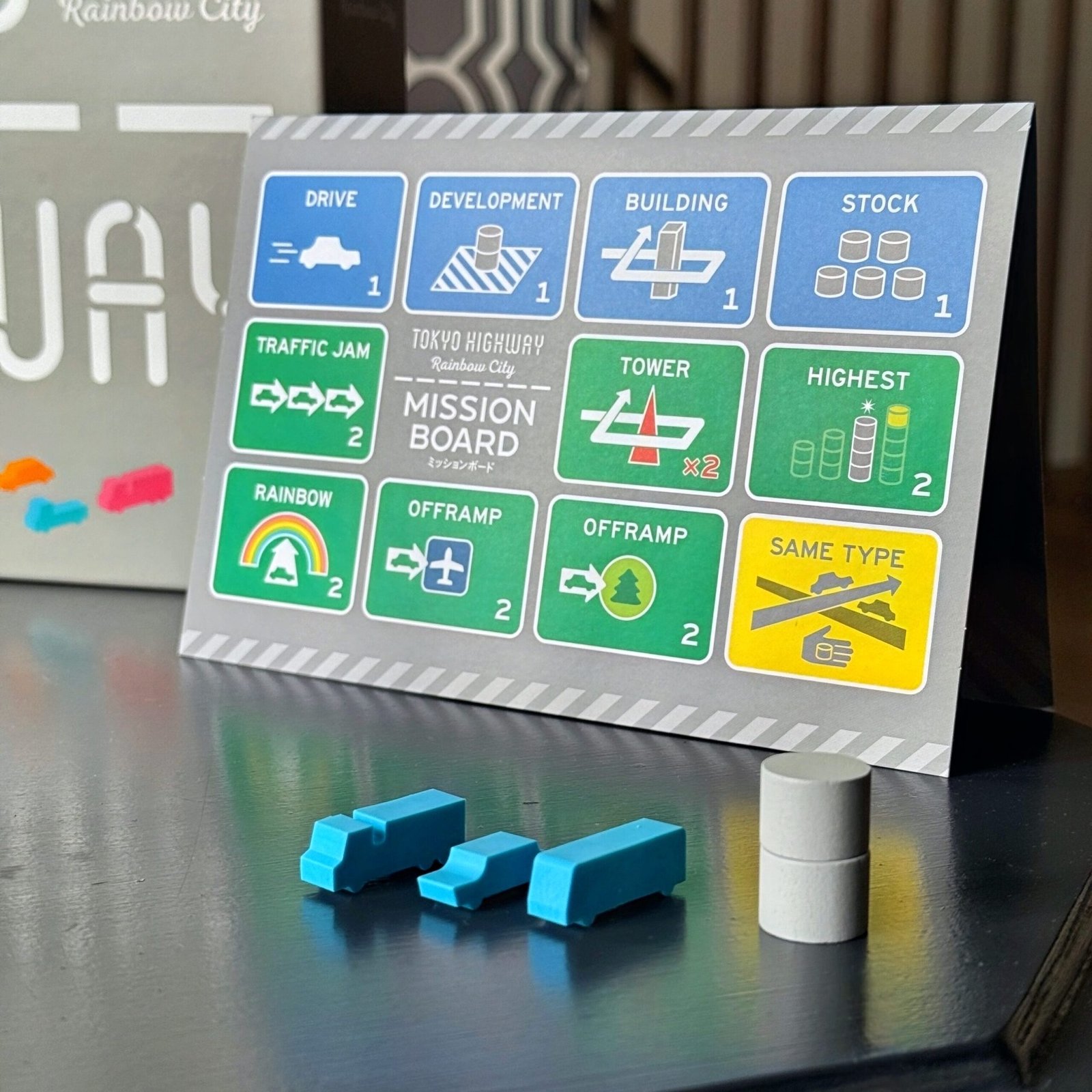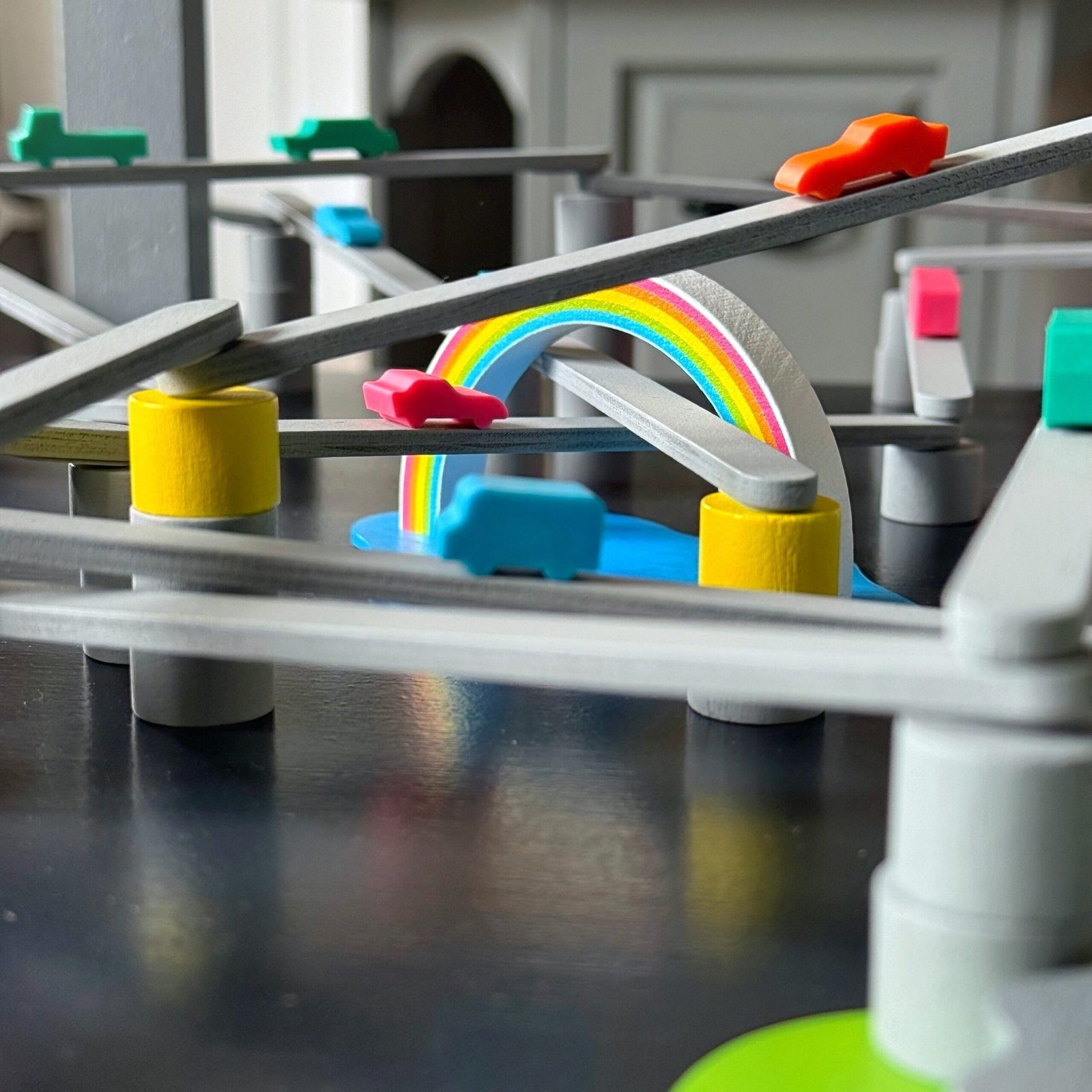What Makes A Game A Board Game?
Is it the presence of a literal board, laid out in folds or tiles or stitched cloth, anchoring the play space like a map? Is it cards? Dice? Wooden tokens shaped like animals or ambiguous blobs with little hats?
Strip away enough components, and the question stops being rhetorical. Some of the most compelling modern games blur the edges of the category entirely, and suddenly, what we thought we knew about board games feels less like a definition and more like a comfort zone.
Then, do board games even need a board to feel big?
And how do you define “big,” anyway? Is Bandido, which fits in your palm but sprawls endlessly across the table, small or expansive? Is Go, an elegantly small package in stature, but a heavily weighted game (3.92 on BGG), a big game despite occupying barely any table space? Or do we only equate scale with the footprint of something like Ark Nova, it hogs every inch of the table, swallowing any empty space whole?
Small Box, Big Energy
The genre of board games has never been more diverse than it is right now. We’re well beyond the days when “board game” implied cardboard squares and plastic pawns. Today, the term is just as likely to describe card-only games, dice stackers, real-time negotiation brawls, or abstract logic puzzles. It isn’t the board that matters anymore; it’s the shared space, the structure, and the ritual of play. A game that unfolds over turns, that asks players to look up and lean in. The board, it turns out, was never the point.
That’s why traditional card games like Hearts or Spades tend to live in their own category; board game adjacent. They’re still games, social, satisfying, and skillful, but they lack the kind of structured decision-making, emergent strategy, or component-driven immersion that defines so much of what tabletop gamers now associate with board games. A game doesn’t need to be complex or even overproduced to count as a “board game,” but intention matters. A game designed and published for the modern tabletop space earns its title of “board game” rather than “card game.”
Blocks, Sticks, and Big Ambitions

In the end, what makes a game feel big isn’t necessarily the surface it plays on, but the space it creates between players; the mental tension, the planning, the presence. And that’s where Tokyo Highway: Rainbow City stands tall. It doesn’t just defy the board, it reimagines what size, scale, and strategy can look like.
At first glance, it seems like a dexterity showpiece: popsicle sticks, pastel cars, and tweezers. But Rainbow City isn’t just a fiddly table hog; it has surprising depth. There’s no central board, no grid, no dice, or deck of cards you’d expect from the conventional definition of a “board game,” and yet the decision space is real.
This is a game about spatial denial, risk management, and quiet ambition. Planning two turns ahead without giving yourself away. Building not just higher, but smarter; leaving room for your plans and watching your opponents so you can block routes they didn’t know they needed.
Each player starts with a road segment, a car, and a pool of column tokens. On your turn, you add a road, going up or down a level. Cross another road at the highest or lowest point, and you earn the right to place one of your cars. The first to place all their cars wins. Unless, of course, you fumble and the highway tumbles. Or you run out of columns.
Building More Than Just Highways
If that was all you did in the game, it would be fine. But fine isn’t enough. The strategy unfolds in layers. Limited junction tiles let you split your roads or elevate them dramatically. Mission mode takes it further, transforming the game into a point-based competition full of micro-goals.

Now you score not just for car placements, but for looping highways, driving under the rainbow, having the tallest pillars, creating a traffic jam, etc. Suddenly, you’re not just balancing roads, you’re balancing ambition.
This is where the game truly opens up. You’re not just placing out of convenience, but you start to place with intention, forgetting all about stability. Will you aim to wrap your highway around each obstacle? Will you leave enough pieces and time to make an off-ramp at the airport? The depth isn’t always loud, but it’s there, and it rewards players who build with purpose.



Fiddly? Maybe. Forgettable? Never.
The game’s components also aren’t as fiddly as we initially expected. The roads have rubber pads to prevent slippage, the cards are rubberized for grip and colour. Yes, the table presence is a huge draw for this game; roads cross and curl like modern art, but it’s the mental gymnastics behind each road placement that gives the game weight and makes the experience feel big.
At two players, the tension was beautiful. We suspect with four players, that tension might be stretched out by the downtime, but even then, the shifting skyline offers a shared, growing spectacle. It’s not always about whose hand is the steadiest. Sometimes, it’s about whose intentions were hidden in plain sight.
Feeling Big Without Being Big

And that brings us back to our prompt of the day: Does a board game need a board to feel big?
Tokyo Highway: Rainbow City doesn’t just feel big, it is big. In presence. In possibility. In the push and pull between precision and opportunism.
It builds a shared space where each new piece adds to the spectacle. Without a central board, without conventional mechanics, and in a standard-sized box, it still creates tension, interaction, and consequence.
So no. A board game doesn’t need a board to feel big. It just needs intention and a space for cleverness. Rainbow City has all of that. It’s not a “board game” by the old rules; it’s a board game defined by the standards we’re building now.
Corinna’s Rating: 8.3
Duncan’s Rating: 8.1
Note: a copy of this game was sent for review from the publisher. All thoughts and opinions are our own.

Leave a Reply